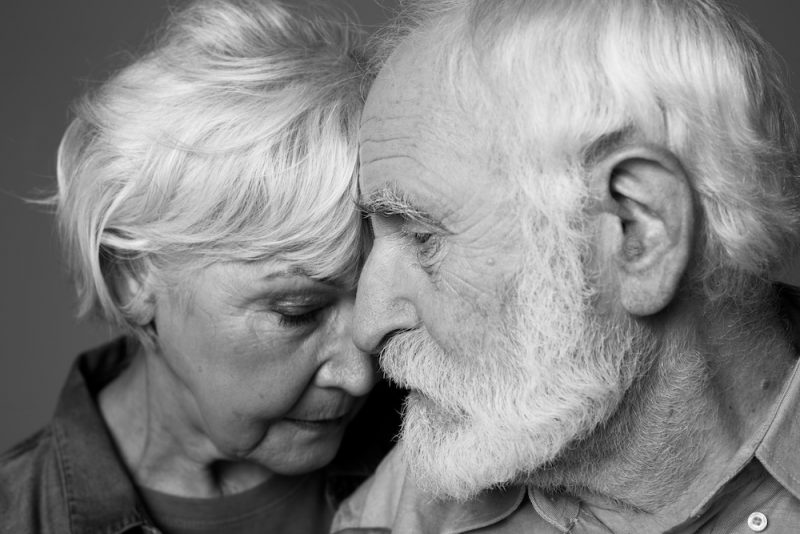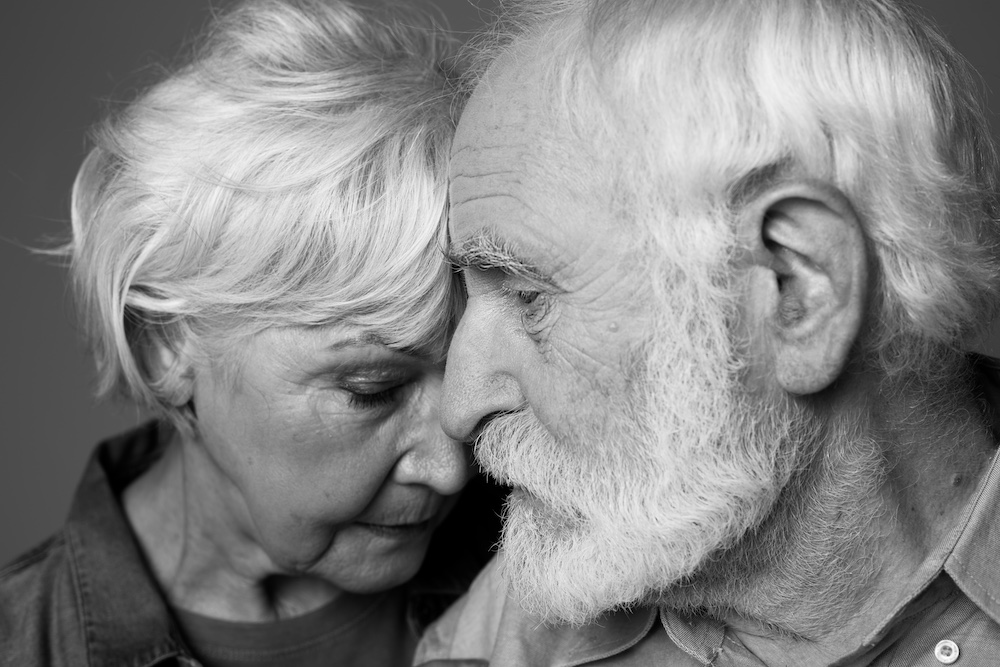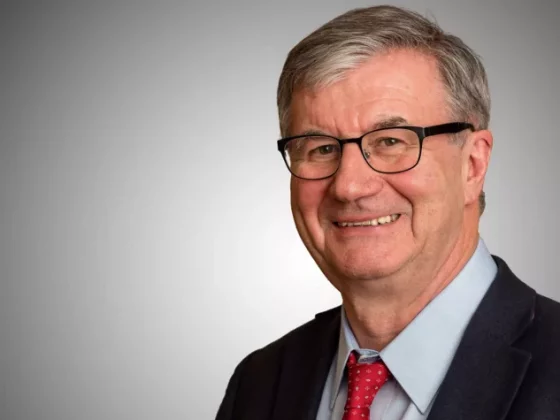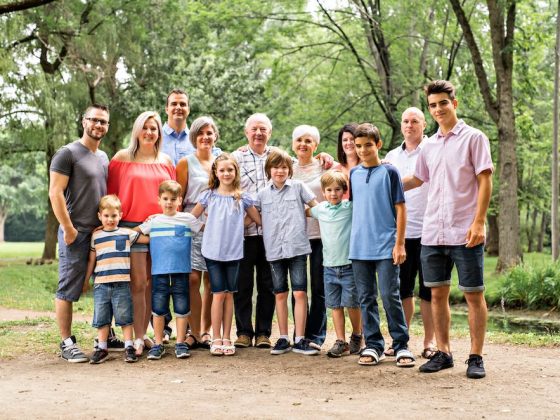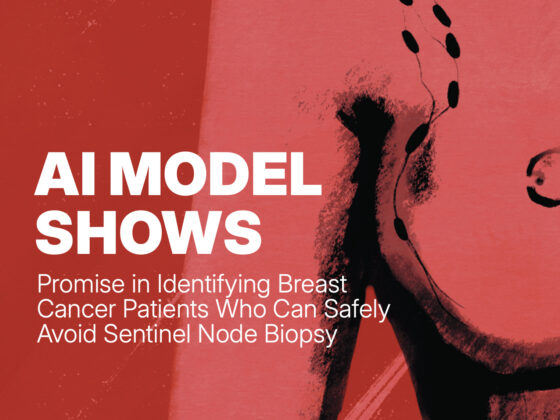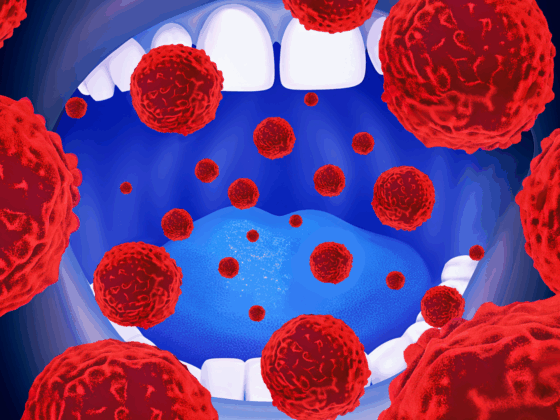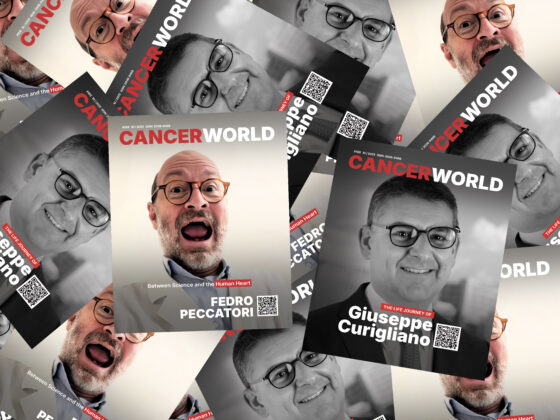The spouses of patients diagnosed with cancer were 28% more likely to attempt suicide and 47% more likely to succeed at their attempt than spouses of people not diagnosed. The Danish cohort study, published in Jama Oncology, August 15, found that the risk was especially high during the first year after the diagnosis, when the risk of suicide attempt was 45% higher and the risk of death from suicide more than 2.5-fold higher.
“This study suggests a need for clinical and societal awareness to prevent suicidal behaviours among spouses of patients with cancer, particularly during the first year following their cancer diagnosis,” Qianwei Liu, the corresponding author, tells Cancerworld.
Receiving a cancer diagnosis is a traumatic life event not only for the patient but also for their family. Most of the caregiving for patients with cancer is provided by family members, most commonly the spouse, and providing such care is physically, mentally and emotionally demanding. In these endeavours spouses have little or no preparation or support.
While previous studies have documented elevated levels of psychological distress and increased risk of psychiatric disorders among spouses of patients with cancer, little is known about their risk of suicidal behaviour.
For the purposes of this study, using the Danish Cancer Registry, the investigators identified all patients who had received a cancer diagnosis in Denmark between January 1986 and December 2015. The team then identified their spouses, using the Danish Civil Registration System, which since 1986 has contained information on spousal links. Finally, they used the Danish Psychiatric Central Research Register to identify suicide attempts, and the Causes of Death Register to identify deaths from suicide. “The unique Danish personal identification number helps to cross-link the various registers,” explains Liu, now at the Southern Medical University, Guangzhou, China, who started the study while studying for his PhD at the Karolinska Institute, in Stockholm.
After excluding individuals identified as having previously been spouse to someone with a cancer diagnosis or who had undertaken a previous suicide attempt, the investigators were left with information on 409,338 individuals who had a spouse diagnosed with cancer (known as ‘exposed individuals’). For each exposed individual, the team randomly selected up to five individuals, who were matched by year of birth and sex from the entire Danish population, whose spouses did not have cancer and who also had no history of suicide attempt before entry into the study (known as ‘unexposed individuals’). Information on cancer site and TNM stage at the time of diagnosis were obtained from the Danish Cancer Registry. Altogether, the investigators identified 204,682 unexposed individuals whose spouse did not have cancer. The median age at cohort entry for the spouses in both groups was 63 years, with 44.6% men and 55.4% women.
During follow-up, the incidence rate of suicide attempts was 62.6 per 100,000 person years among exposed individuals versus 50.5 per 100,000 person years among unexposed individuals (HR=1.28, 95%CI 1.23–1.34).
The increased risk was more pronounced for men (HR=1.42), people with lower levels of household income (HR=1.39), and people who themselves had a history of cancer (HR=1.57).
Risk of suicide attempt varied according to cancer site, with highest risks for oesophageal (HR=2.41), cervical and uterine (HR=1.83), liver and biliary passage (HR=1.76), ovarian (HR=1.70), lung (HR=1.63), stomach (HR=1.63), pancreatic (HR=1.56), central nervous system (HR=1.55), kidney (HR=1.50), and bladder (HR=1.52).
For suicide death the incidence rate was 16.3 per 100,000 person years among exposed individuals versus 11.4 per 100,000 person years among unexposed individuals (HR=1.47; 95%CI 1.35–1.60). The risk increase was greatest following loss of the spouse due to death (HR=1.70).
The risk of suicide death varied according to the spouse’s cancer site, with the highest risk for pancreatic (HR=3.01), liver and biliary passage (HR=3.00), central nervous system (HR=2.46), oesophageal (HR=2.74), kidney (HR=2.70), rectal (HR=2.27), prostate (HR=1.84), lung (HR=1.81), and ovarian (HR=1.78).
The increased risk was particularly notable during the first year following the cancer diagnosis, where the HR was 1.45 (95%CI 1.27–1.66) for suicide attempt and 2.56 (95%CI 2.03–3.22) for suicide death. The association for suicide attempt and suicide death did not vary substantially by age of the spouse.
“The risk [suicide attempt and suicide death] was found to be particularly high during the first year after the spouse’s cancer diagnosis and persisted through the entire 30-year follow-up,” conclude the authors. “Additionally, the risk increase in suicidal behavior was greater in individuals with a spouse with cancer diagnosed at advanced stages and after the patient died. Moreover, the risk increase was greater among individuals with a lower level of household income and among those without a common child with the patient with cancer,” they note, adding that such findings indicate the protective influence of social support from children.
A weakness of the study, write the authors, is that the team only identified registered heterosexual spouses, and did not include partners and homosexual spouses or partners. Furthermore, it is unclear whether the findings are generalisable to other countries with different healthcare systems and cultural contexts, “Denmark’s universal health care system may potentially mitigate the psychosocial and financial distress experienced by patients with cancer and their spouses,” write the authors. If so, they add, the mental health impacts may well be higher in countries that have more restricted healthcare access. In future, they hope to repeat the study in Sweden.
In an accompanying editorial, Casey Crump (the University of Texas Health Science Center) and Welva Sieh (The University of Texas MD Anderson Cancer Center) write, “Given the known risks to their mental health, spouses should be fully integrated into cancer follow-up care. At health visits in either oncology or primary care clinics, spouses should be screened for psychosocial distress and connected to resources that will support their long-term mental health and well-being. Integration of spouses into survivorship programs is essential for providing comprehensive and effective cancer care.”
Psychosocial distress, they add, is treatable with appropriate support. “Early detection and intervention can help alleviate suffering and improve long-term health and quality of life for both spouses and patients with cancer.”
A valuable new contribution of the study, they add, is the assessment of multiple cancer sites, enabling comparisons of suicide risk magnitude in spouses across cancer sites.

